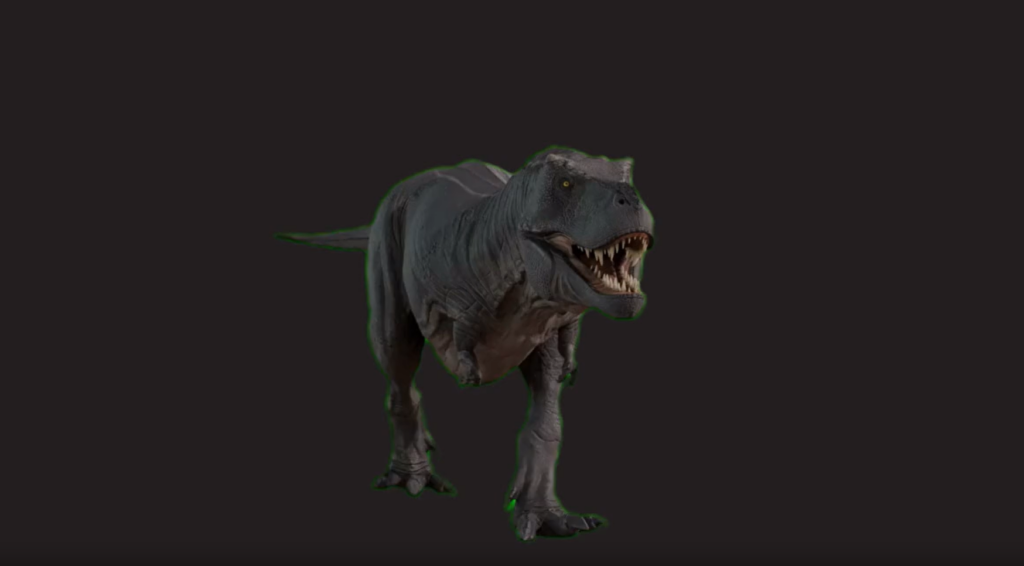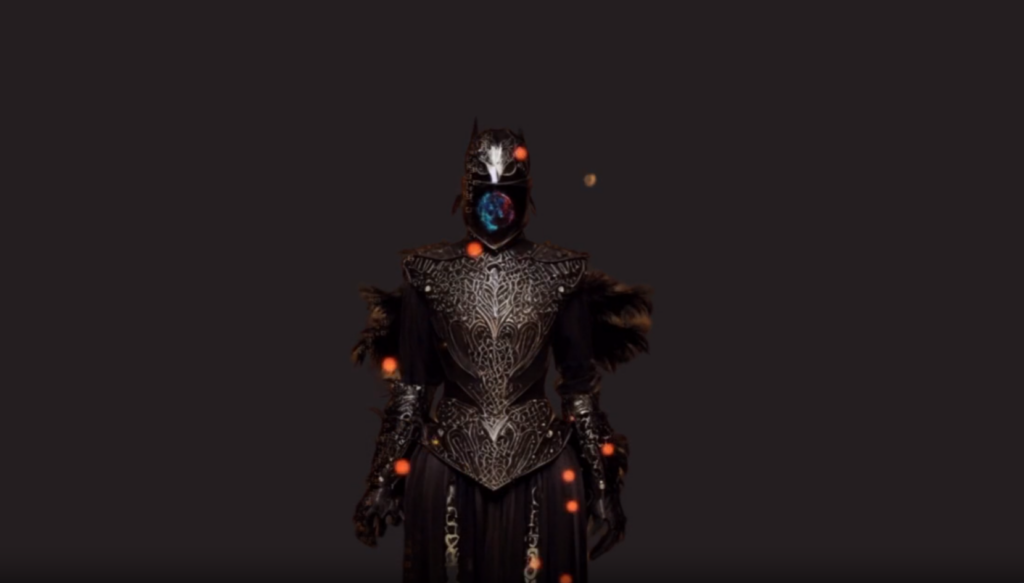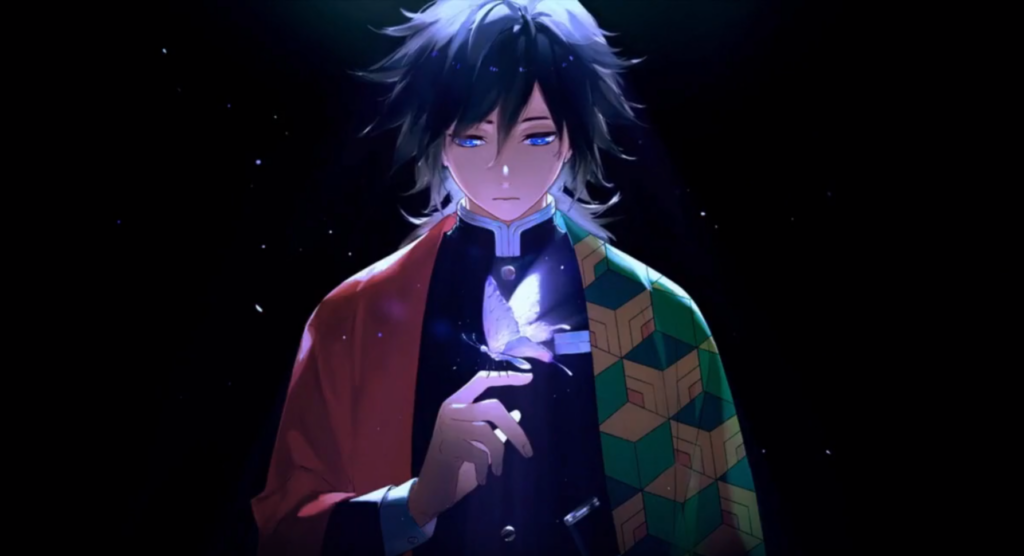Introduction
The animation industry has developed significantly over the years, moving beyond its roots as a niche type of entertainment to the integration of AI in animation. What was previously limited to hand-drawn cartoons has since extended to include a variety of techniques such as 3D modeling, stop-motion, and computer-generated imagery (CGI). Animation has emerged as a powerful storytelling medium, used not only in film and television, but also in advertising, gaming, and virtual reality.
Artificial intelligence (AI) has emerged as an influential force in a variety of industries, changing the way jobs are completed and choices are made. AI technologies have proved the ability to improve efficiency, accuracy, and innovation in a variety of industries, including healthcare, banking, and manufacturing. From machine learning to natural language processing, AI is influencing the future of employment and the global economy.
Evolution of Animation
In the 19th century, a new form of creativity in animation emerged with the introduction of optical devices such as the zoetrope and phenakistoscope. Despite their fancy names, these were the pioneering tools that harnessed the persistence of vision phenomenon to create the illusion of movement using still images. Fast forward to the early 20th century, and Winsor McCay left an indelible mark by bringing “Gertie the Dinosaur” to life through hand-drawn animation, marking a classic moment in the history of the art form.
As time progressed, animation witnessed the entry of major players like Disney, Warner Bros., and Hanna-Barbera, each contributing iconic characters like Bugs Bunny and Mickey Mouse. These industry giants mastered the intricacies of hand-drawn animation, while other innovators explored techniques such as stop-motion and rotoscoping. The evolution of animation became a dynamic journey, marked by continuous experimentation and creativity with each passing decade.
Emergence of Computer-Generated Animation
Let’s delve into the vibrant era of the ’90s, characterized by slap bracelets and neon everything. In 1995, Pixar revolutionized the animation landscape with the groundbreaking release of “Toy Story.” This marked a significant turning point as the first full-length feature film created entirely through computer-generated animation. The advent of CGI allowed animators to harness the power of computers, constructing 3D worlds that felt remarkably real. Animation transcended traditional hand-drawn magic to become a realm of digital wizardry.
Role of AI in Animation
Coming to the present day, Artificial Intelligence (AI) takes center stage in the realm of animation. AI collaborates with 3D designers, simplifying the creation of 3D models for animation and enhancing the creative process.
AI 3d animation involves streamlining tasks, including activities such as in-betweening frames and generating backgrounds. In motion capture, AI adds a futuristic twist. Beyond mere mimicry, it learns and adapts, infusing characters with a heightened sense of realism by capturing human-like features in movement.
Additionally, the concept of predictive storyboarding emerges, wherein AI reads scripts, providing suggestions for camera angles and pacing. This feature offers filmmakers a preview of their narrative’s visual dynamics before plunging into the intricacies of animation.
Moreover, AI extends its influence into content creation by crafting 3D models and textures, whereby 3d designers can create 3D models easily to be used in animation. Overall, AI- generated animation has brought gains in terms of efficiency and creativity.

Why Should You Use AI in Animation?
Let’s take a minute to understand why you should consider utilizing AI in animation. What precisely do these AI tools bring to the table?
These modern technologies are invaluable assistants, easing 3D designer’s workload. From automating monotonous tasks to enriching character movements with flare, and even predicting factors that will take your animation to the next level, these tools can prove to be invaluable in your animation. Consider having these AI animation tools at your disposal, ready to add an extra wow factor to your project.
Deep learning examines deeply into data, learns complicated patterns, and gains knowledge with each frame analyzed. On the other hand, neural networks, which serve as the operation’s brains, imitate our own brains’ information processing processes, giving intellectual prowess to supplement deep learning’s brawn. Deep learning and neural networks together thoroughly analyze movements and textures, as well as predict your characters’ next moves. It ensures that your animation not only meets but exceeds expectations, with this dynamic combination serving as the secret that makes the finished product truly shine.
Key Benefits of Using AI-Generated 3D Models in Animation
3D model generation has completely changed with the popularity of AI. This transformative technology is offering animators and 3D designers innovative tools to streamline production and enhance visual quality, making the choice of AI-generated animation an easy one.
Efficient Modeling Through AI:
AI algorithms have evolved to autonomously create 3D models, reducing the traditional time and effort invested in manual modeling. This efficiency allows 3D designers and animators to focus on refining storytelling and character development, rather than getting bogged down in intricate design details. Different AI animation makers like 3Daily have made this more accessible now than ever, whereby ready-made 3D models can be easily integrated into any animation project.
Realism Beyond Imagination:
The usage of AI-generated 3D models improves the level of detail in animation entertainment. AI can analyze and duplicate complex features like textures, lighting, and physical nuances, resulting in characters and environments that are much beyond what was previously possible. This improved realism contributes to a more immersive visual experience.
Customization at Scale:
AI animation maker and AI-driven 3D models offer unprecedented customization options. Animators can easily modify and adapt characters or objects to suit specific scenes or narratives. This ability of customization empowers 3D designers and animators to explore diverse visual elements, ensuring a unique and tailored look for each project.
Iterative Design Acceleration:
AI can accelerate iterative design in animation due to its ability to learn and adapt. As animators make modifications, AI algorithms instantly analyze and incorporate them, recommending improvements and speeding up the design process. This boosts innovation and experimentation during the production process.
Resource Optimization and Cost-Efficiency:
By automating the 3D modeling process, AI contributes to resource optimization and cost-efficiency in animation production. Studios can allocate resources more strategically, focusing on creative aspects while reducing manual labor costs. The scalability of AI-generated models further enhances cost-effectiveness for projects with extensive asset requirements.
Dynamic Animation Adaptation:
AI extends its impact beyond static models to dynamic animation adaptation. By analyzing contextual cues and emotional elements within a scene, AI can dynamically adjust character animations in real-time. This adaptability injects a level of responsiveness into animations, aligning character movements seamlessly with the evolving narrative.

Overcoming Challenges and Ethical Considerations 0f AI-Generated Animation
While the integration of AI in animation brings about remarkable advancements, it’s crucial to acknowledge and address the challenges and ethical considerations associated with this transformative technology.
1. Creative Control and Human Touch:
One concern that arises with AI-driven animation is the potential loss of the human touch and creative intuition. As algorithms take over certain tasks, there’s a risk of animations becoming too predictable or lacking the unique artistic touch that human creators bring. Striking a balance between AI assistance and preserving creative control is essential to ensure that the final product resonates with the intended emotional and artistic impact.
2. Bias in AI Algorithms:
AI systems are only as unbiased as the data they are trained on. In animation, this raises concerns about potential biases in character designs, cultural representations, and storytelling. Ensuring diversity and avoiding perpetuation of stereotypes requires careful curation of training data and ongoing scrutiny of AI-generated content. The industry must actively work towards transparency and inclusivity in the development and deployment of AI tools.
3. Data Security and Privacy:
The use of AI in animation involves the processing of vast amounts of data, including sensitive information related to characters, storylines, and creative concepts. Protecting this data from unauthorized access and ensuring privacy is paramount. Industry standards and strict cybersecurity measures must be implemented to safeguard the intellectual property and creative ideas generated through AI-powered tools.
Future Prospects of AI in Animation:
Looking ahead, the collaboration between AI and animation holds immense potential for groundbreaking developments. The continuous evolution of AI algorithms, coupled with feedback from animators and creative professionals, will drive the creation of even more sophisticated tools. Here are some exciting prospects for the future:
1. Interactive and Adaptive Storytelling:
AI has the capability to revolutionize storytelling by creating interactive and adaptive narratives. Imagine animations that respond to viewer choices or adapt based on real-time audience feedback. This dynamic storytelling experience could redefine the way stories are told and consumed, opening up new avenues for audience engagement.
2. Cross-Industry Integration:
The influence of AI in animation extends beyond the entertainment sector. Collaborations with industries like education, healthcare, and simulation can result in innovative applications. AI-driven animations could be utilized for educational purposes, therapeutic interventions, or realistic simulations, broadening the impact of animation technology.
3. Augmented Reality (AR) and Virtual Reality (VR) Enhancements:
The combination of AI with AR and VR technologies promises immersive and realistic experiences. AI algorithms can adapt animations to the user’s environment, creating seamless integration between the virtual and physical worlds. This convergence could lead to enhanced entertainment, gaming, and training experiences.

Conclusion
In conclusion, the dynamic combination between AI and animation has brought in a transformative era, changing the way animation takes place. From the evolution of animation techniques to the integration of AI-generated 3D models, the collaborative possibilities are changing storytelling and visual experiences. While challenges such as creative control and ethical considerations demand thoughtful navigation, the future promises even more exciting prospects, including interactive storytelling and inter-industry integrations. As AI continues to advance, its role in animation stands as a testament to innovation, efficiency, and the potential for groundbreaking developments that will further elevate the art and technology of animation.



